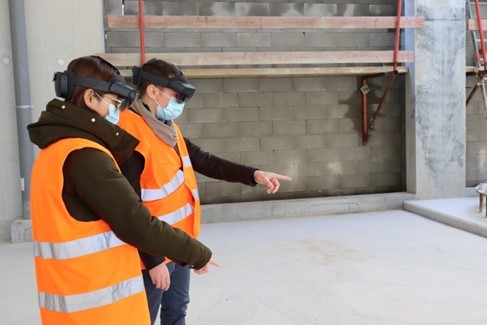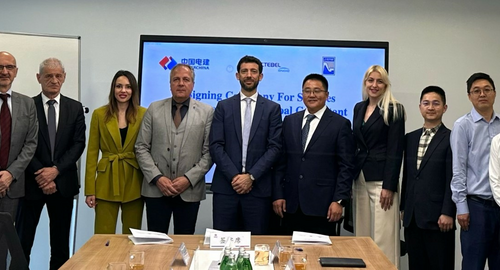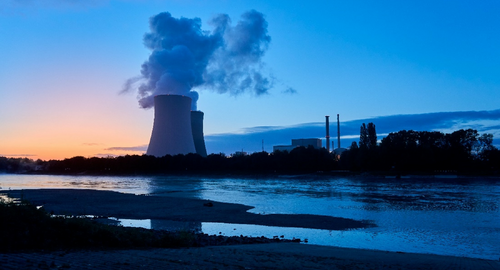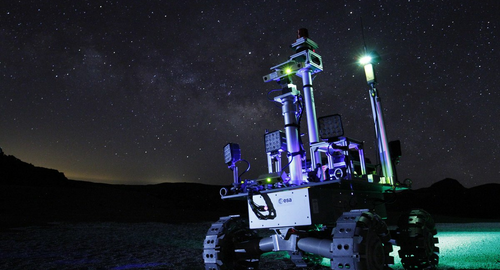Remember the Pokémon Go craze? When people spent the better part of 2016 catching Pikachus superimposed on the real world through their smartphone screens? For many of us, that was our introduction to augmented reality (AR). Now imagine applying this same technology to building sites: superimposing a 3-D model on an existing site, revealing discrepancies in the site monitoring and operation and maintenance phases. That’s how Tractebel uses AR, to detect and prevent issues early on. Our digital and data manager, Vincent Doré, tells us all about this fascinating, cutting-edge technology.
Tell us about your role at Tractebel.
As digital and data manager, my role is to support our business areas in their digital transformation by integrating new technology whenever it makes sense to serve our expertise and our projects. Depending on the maturity of the technologies, our needs and our ambitions, we integrate them differently. They must enable us to improve our efficiency and quality and thus ensure our competitiveness. The aim is to maintain Tractebel's high level of expertise today and to prepare for the future of engineering. Our clients benefit from these technologies within the context of our missions.
What about augmented reality? How and when did Tractebel start using it, and why should an engineering company embrace this technology?
A few years ago, during a project to deploy a virtual reality (VR) solution, we identified the potential of augmented reality (AR) in the short term for the monitoring of our projects. When the solutions started to be sufficiently mature, in the middle of the pandemic, we launched tests and established benchmarks confirming the advantages and added value of this technology. As soon as the health measures were relaxed, we went on-site to use this technology on projects with ongoing site monitoring.

Project manager Thuy Pham & Vincent Doré, using AR for site monitoring in the suburbs of Paris, France
Why is AR an appropriate solution for clients?
Nothing compares to augmented reality. The technology offers a completely new way of working and monitoring our clients' sites. The BIM model of the project serves as a reference and a basis for discussion directly on-site. By superimposing the model on the real thing, the detection of discrepancies, clashes and the analysis of complex, multi-trade areas are greatly simplified. Problems are detected at a very early stage and decisions are made more quickly, allowing our clients to reduce their planning risks and costs.
Give us a concrete example of the benefits of adopting AR.
During the first test of the AR solution on-site, we had a shift of about 15 cm on the same side of all the equipment supports. We thought we had a problem with the model's alignment, until the site manager realized that we had just detected the first problem thanks to augmented reality: the measurements for the positioning of the supports had not been taken from the right reference point. Each time a client uses AR for the first time on a project, the number of problems detected in just a few minutes is impressive.
How does AR tie in with virtual reality?
Our virtual reality (VR) solutions are complementary. To date, the best hardware and software solutions remain separate. We use virtual reality during the design phases, design reviews and presentations of our projects to clients. Augmented reality then takes over for the site monitoring and the operation and maintenance phases.
What are other solutions for the future?
Without giving away any secrets, I can say we are looking at new technologies to further enhance our project data, enabling us to be ever more efficient and to identify new opportunities. The solutions are reaching sufficient maturity to be considered for our highly technical projects.

Vincent Doré, digital and data manager






